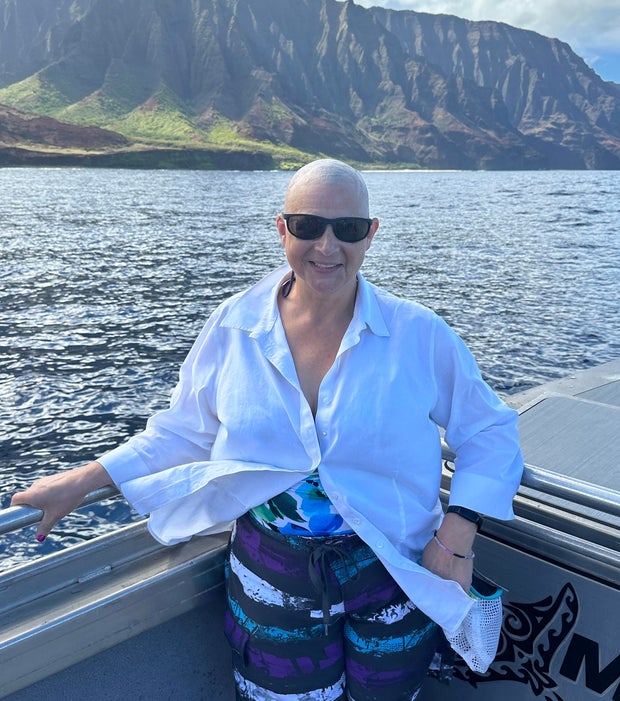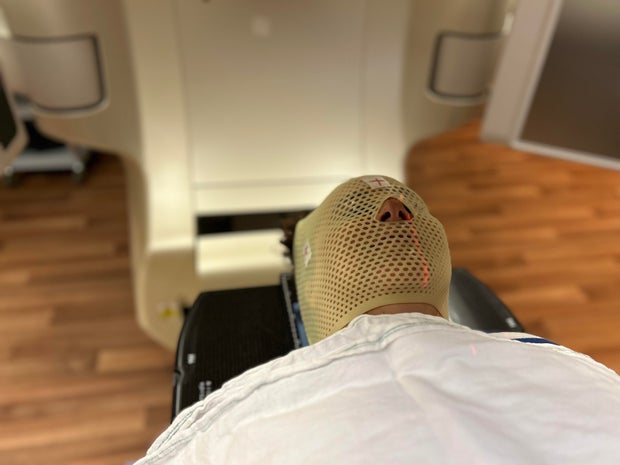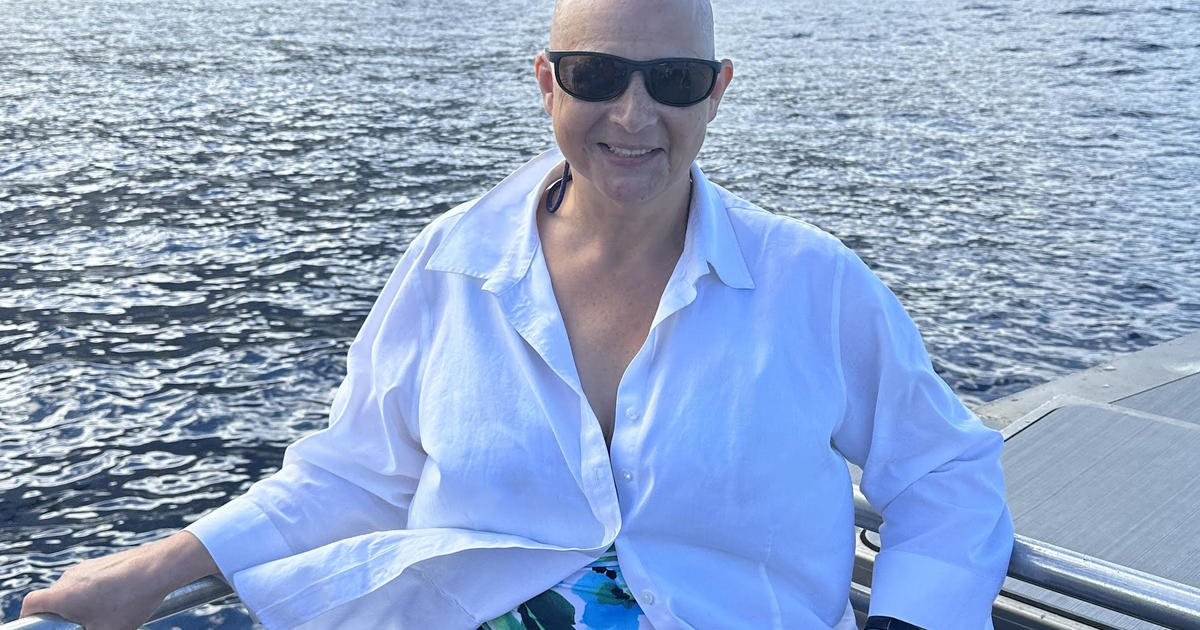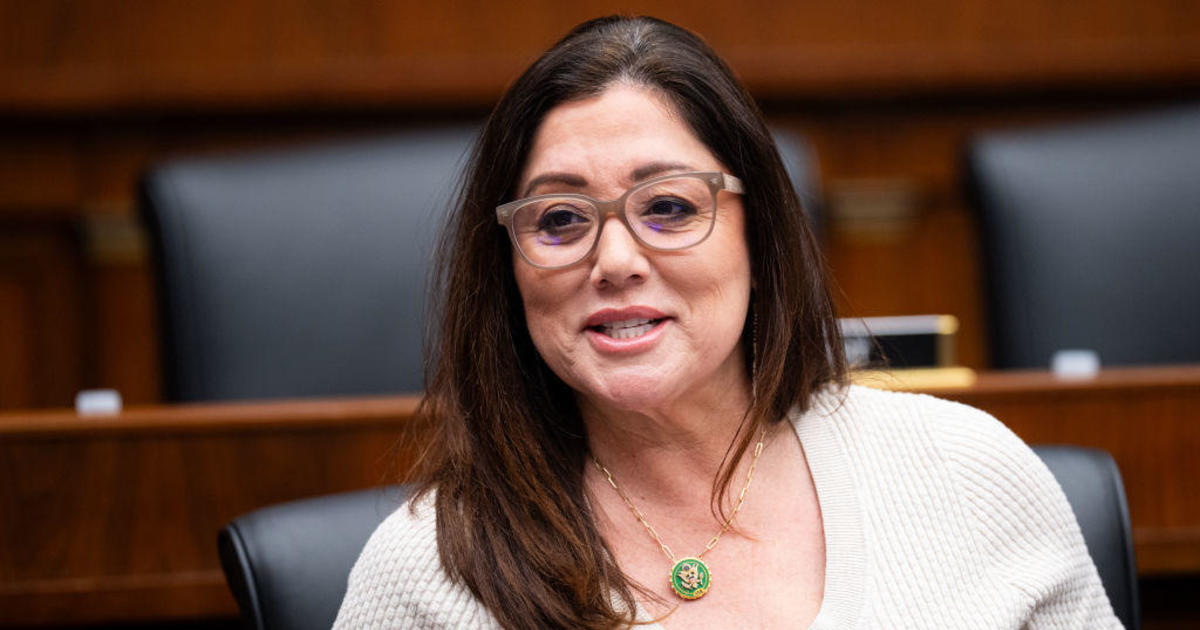Louisiana man beating the odds
Nadya El-Afandi was nearing the end of breast cancer treatment when she received earth-shattering news: Doctors had diagnosed her with glioblastoma, a rapidly growing and aggressive brain tumor.
Typically, people diagnosed with glioblastoma die within 12 to 18 months, even with aggressive treatment options. Patients over the age of 60 usually die within six to nine months. El-Afandi was 59 when she was diagnosed in June 2023, putting her right on the edge of that poorer prognosis.
“I was still taking chemo, but my breast cancer doctor said ‘You don’t have to keep taking that anymore, and you don’t have to come in for any more breast exams,'” El-Afandi said. “He didn’t say it, but what I figured he was saying was ‘The glioblastoma will kill you before breast cancer.'”
A week after the diagnosis, El-Afandi underwent surgery to remove the tumor. This is standard for glioblastoma treatment, but even after surgery, there’s usually cancerous cells left behind because of the way the tumors grow in the brain. That’s part of why the mortality rate for glioblastoma is so high, according to Dr. William Breen, a radiation oncologist with the Mayo Clinic and no relation to the author of this article. Even the most skilled neurosurgeon can’t remove all of the microscopic cells, and other treatments like radiation and chemotherapy tend to have diminishing returns when treating glioblastoma.
Two new trials are working to find possible new answers. Both are led by doctors at the Mayo Clinic. One just completed its second phase and found that pairing advanced imaging with a targeted form of radiation therapy increased the average lifespan of older glioblastoma patients by several months. The second is underway and aims to study two options for radiation treatment, as paired with advanced imaging options. El-Afandi enrolled in that second trial — and after several nail-biting months, her scans are coming back clear and she’s on vacation in Hawaii.

Nadya El-Afandi
“Helping other people has always been a part of what I try and do, so the idea that this crappy thing that happened, that something good can come out of it? I’m really happy about that,” El-Afandi, now 61, said.
A “very promising approach” to treating glioblastoma
The results of the first study were published earlier this week in the Lancet Oncology medical journal. The study, led by Dr. Sujay Vora, the chair of the radiation oncology department at Mayo Clinic in Arizona, examined how proton beam radiation, paired with advanced imaging and a cancer medication called temozolomide, could treat glioblastomas in patients ages 65 and up.
Typically, radiation treatment uses photon beams. In proton beam radiation, the effect is more targeted, allowing more healthy tissue to be spared, Vora explained. This, paired with more advanced imaging, allowed doctors to better target the glioblastoma. Patients in the trial also had fewer radiation treatment sessions than is typical, with a higher dose of radiation being used. Typically, radiation treatments are done daily for six weeks, but in this trial, patients had daily sessions for just five or 10 days. The goal was to see how the 39 patients enrolled in the trial did compared with the average 6- to 9-month survival rate.
What happened was “a little bit better than what we expected,” Vora said. On average, patients enrolled in the trial survived for 13 months. A subpopulation of patients more sensitive to the effects of radiation and chemotherapy lived 22 months. Patients also reported a higher quality of life during this time.
“All in all, it’s a very promising approach,” said Dr. Akila Viswanathan, who chairs the radiation oncology department at Johns Hopkins, who was not involved in the clinical trial. “It is much easier for patients to come in for just five treatments than to come in every single day for six weeks. It’s a very positive approach, from the patient’s perspective, for quality of life. I think that these are very promising results.”

Laura Segall/Bloomberg via Getty Images
Future studies and development
While Vora’s trial was promising, the methodology proposed is far from becoming standard of care for treating older glioblastoma patients, according to Dr. Helen Shih, the medical director of the proton therapy program at Mass General Brigham. Larger studies must be done, and researchers will need to determine which change to the standard of care made the difference for patients.
Proton beam therapy and some of the imaging options are also not accessible to large swaths of the population: Shih said there are only 48 centers that do proton beam radiation treatment in the United States. Meanwhile, there are thousands of centers capable of doing the standard photon beam treatment.
The study did find that about 10% of the patients experienced a symptom called radiation necrosis, when the treatment creates dead tissue. Most of those patients were treated with steroids, Vora said, and one patient had to have the necrotic tissue surgically removed. But none of the patients were hospitalized or died from the condition, he said. Radiation necrosis also occurs with normal radiation treatments, but the higher doses of radiation and the shorter timeline for the treatment may explain why the rate was higher, said Viswanathan.
Ongoing research to “build upon the work”
A second trial, also through the Mayo Clinic, aims to “build upon the work” of Vora’s trial, said Breen. The trial is aiming to enroll about 170 patients across Minnesota, Florida and Arizona. It again uses advanced imaging techniques to target the brain more precisely. Patients are given either the shorter proton radiation cycle or a longer course of more traditional photon radiation, to determine if the shorter course of radiation is equally safe and equally effective as the traditional six weeks of the treatment, Breen said.
No matter which radiation is used, the imaging technology allows doctors to treat “a tighter, smaller area of the brain,” Breen said. The trial is underway, and Breen said that results will likely be available in about three years. After her surgery in June 2023, El-Afandi was offered the opportunity to enroll in the trial. She underwent six weeks of radiation with the standard photon treatment. She said she felt tired during that period but was used to some of the side effects from her experience with breast cancer.

Nadya El-Afandi
“It never stopped me,” El-Afandi said. “I just continued to garden and sit on my porch and have visitors come and hang out with me.”
In her first follow-up appointments, doctors observed inflammation at spots in her brain. After her third scan in August 2024, the scan looked “great and clear,” El-Afandi said, with no signs of glioblastoma or inflammation over a year after she was first diagnosed with the condition. Breen, who was involved in El-Afandi’s care, added that her “scans look great,” describing her current health and quality of life as an “ideal scenario” for someone treated for glioblastoma.
Every three months, El-Afandi has a new set of imaging done to monitor for any glioblastoma growth, but in the meantime, she is spending time with her husband and four children and “going on adventures” as a family, she said.
“I’m 17 months out (from diagnosis) and feeling great,” she told CBS News, from the Hawaiian catamaran where she was doing her snorkeling expedition. “Every day is a gift.”










